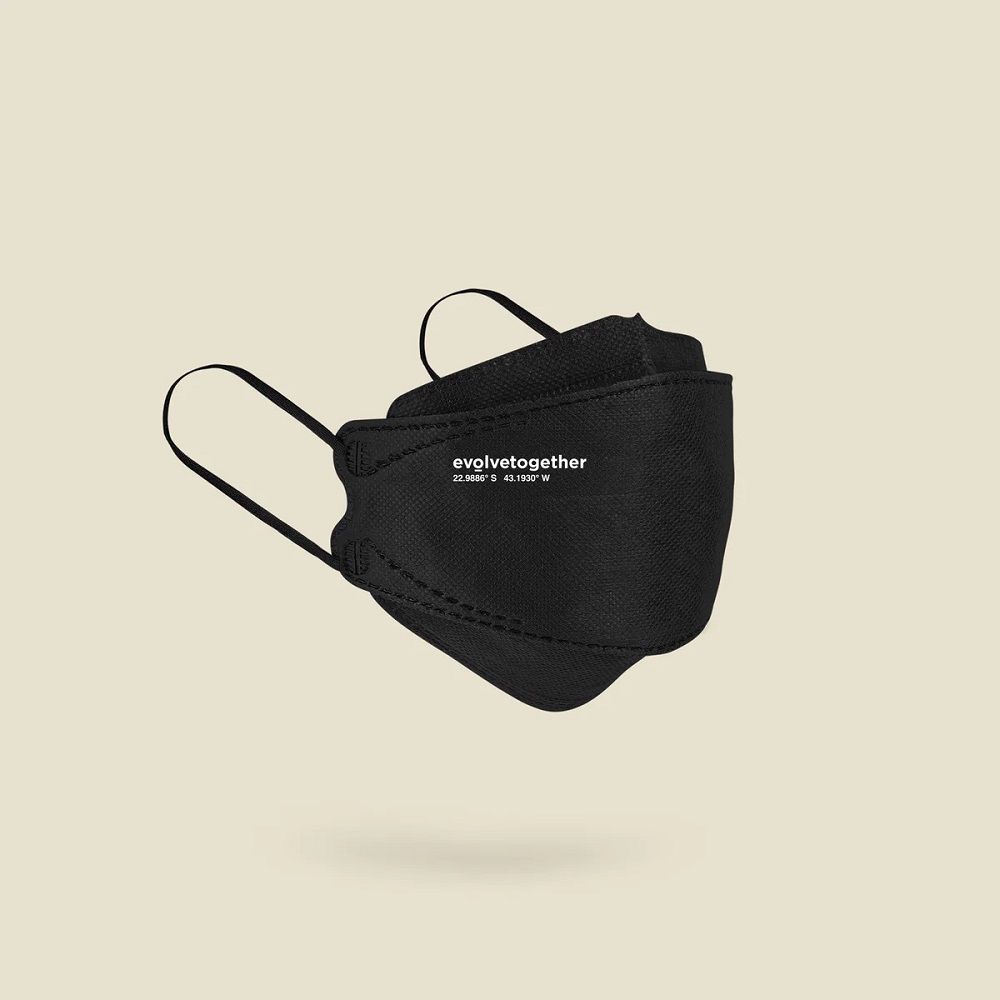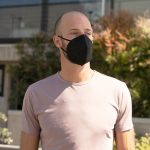Introduction to N95 Masks and Their Use for Children
When discussing the safety of children during a pandemic, N95 masks often come up. These masks are known for their ability to filter out at least 95% of airborne particles. This includes both large and small particles which makes them a popular choice in healthcare settings. For kids, however, the conversation about N95 masks is a bit different.
N95 masks are tight-fitting respirators. They create a seal around the nose and mouth to ensure filtered air is the only air inhaled. This function is key for frontline workers exposed to harmful viruses. Yet when we consider children, there are special considerations to keep in mind.
Firstly, not all N95 masks are suitable for children. Their faces are smaller, and getting the right fit is crucial for the mask to work. A poorly-fitting mask can offer a false sense of protection. Additionally, children may find these masks uncomfortable which can lead to frequent touching and adjustments, defeating the purpose.
While some manufacturers have started producing child-size N95 masks, it’s important to weigh the pros and cons. Ease of breathing, comfort, and the child’s ability to wear the mask correctly should be factored in. We also must think about the situations in which a child would need such a high level of protection and balance that with the potential impact on their routine and well-being.
As we dive deeper into the subject of N95 masks for kids, we’ll explore their suitability for various age groups, proper fitting guidelines, and alternative options. Protecting children is of utmost importance, but doing so effectively requires more than just handing them an adult-size N95 mask. It takes understanding the unique needs of children and how best to meet those needs while keeping them safe from airborne illnesses.
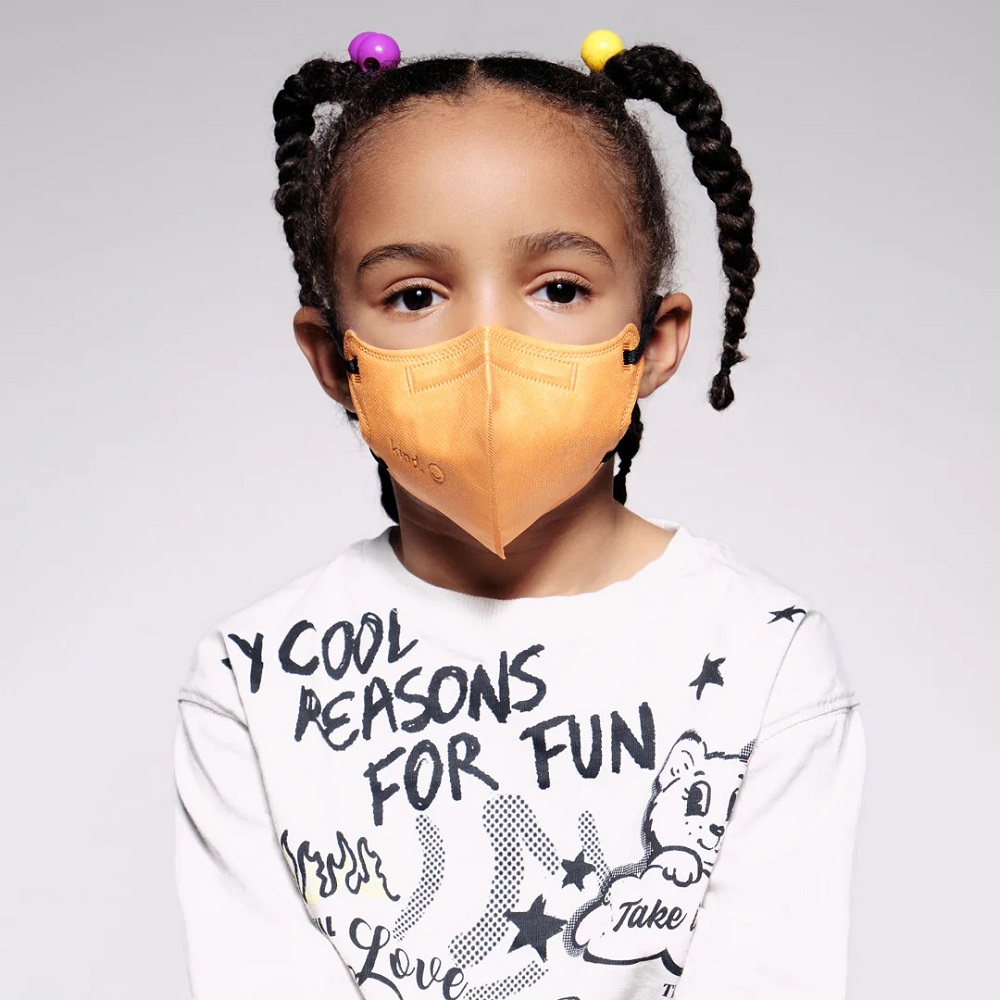
Evaluating the Suitability of N95 Masks for Various Age Groups
Considering N95 masks for children requires an understanding of their unique requirements. These masks are not one-size-fits-all, especially when dealing with various age groups. The Centers for Disease Control and Prevention (CDC) and pediatric guidelines provide insights into the appropriateness of N95 masks for children.
Infants and Toddlers (Aged 0-3)
Not Recommended: N95 masks are not suitable for infants and toddlers. Their small lung capacities coupled with the tight fit of N95 masks can make breathing difficult. Furthermore, the risk of increased carbon dioxide retention may rise, which can be harmful.
Young Children (Aged 3-6)
Use with Caution: Young children might find masks uncomfortable, leading to frequent touching and adjustment. If deemed necessary due to exposure risk, seeking supervision and choosing masks made for smaller faces is critical.
Older Children (Aged 7-12)
Limited Options Available: Few manufacturers produce N95 masks tailored for this age group. Proper fit and comfort are still concerns, as poor-fitted masks provide inadequate protection. Parents should ensure they are using pediatric-specific N95 masks if required.
Teenagers (Aged 13 and Above)
More Suitable: Teenagers can wear N95 masks more effectively as their facial structures are closer to those of adults. However, ensuring a snug fit is essential to maximize effectiveness.
When considering N95 masks for kids, factors like mask fit, comfort, ease of breathing, and the child’s ability to keep it on without unnecessary adjustments come into play. For all age groups, it is important that children understand how to wear the mask correctly and maintain hand hygiene to prevent contamination. Alternatives like surgical or cloth masks may be more suitable for children, especially during low-risk activities or in settings where strict social distancing can be maintained.
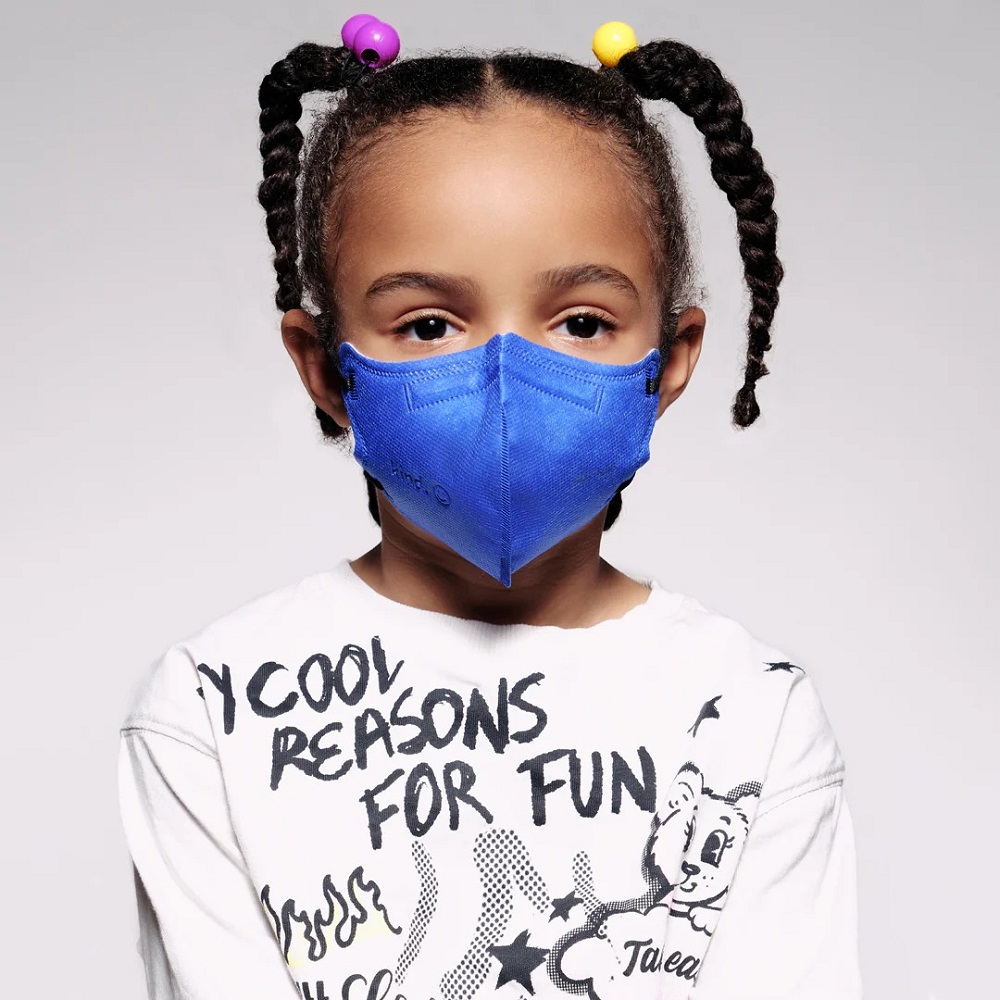
Differences Between N95, Surgical, and Cloth Masks
Understanding the Differences
When selecting masks for children, it’s essential to know the key variations among mask types. N95 masks are high-grade respirators that filter out at least 95% of airborne particles. They fit snugly, providing a tight seal around the face. However, they are also more restrictive in terms of breathability. Surgical masks are loose-fitting and primarily protect others from the wearer’s respiratory emissions. While they shield from large droplets, they don’t offer a tight seal like N95s. Cloth masks are the most basic form, varying widely in material and effectiveness. They generally allow for easier breathing and are more comfortable for long-term wear.
Suitability for Children
When choosing between N95, surgical, and cloth masks for kids, remember that comfort and fit are crucial. N95 masks, while offering superior protection, may not be ideal due to their tight fit and could affect breathing comfort. Surgical masks are usually more adaptable but might not stay in place on a child’s smaller face. Cloth masks offer the most comfort and are easier for children to wear correctly, although they provide the least protection of the three.
It’s important to balance the level of protection needed with the child’s comfort and ability to wear the mask properly. The chosen mask type should align with the level of virus transmission risk and the settings the child will be in while wearing the mask.
How to Properly Fit an N95 Mask on a Child
Proper fit is crucial when it comes to N95 masks for kids. A well-fitting N95 mask should form a tight seal around the nose and mouth. This is essential to ensure the child breathes through the mask, and not around it. To achieve this, follow these steps:
- Choose the Right Size: Select a child-sized N95 mask for a proper fit. Adult masks will not fit correctly on a child’s face.
- Check for a Secure Seal: Press the edges of the mask against the child’s face. Make sure there are no gaps on the sides, above the nose, or under the chin.
- Adjust the Straps: N95 masks typically have adjustable straps. Tighten them for a snug fit without causing discomfort.
- Pinch the Nose Clip: Many N95 masks come with a metal nose clip. Mould this over the bridge of the child’s nose to create a close fit. This helps prevent air from leaking out.
- Perform a Fit Check: Ask the child to breathe in and out deeply. Observe for any air escaping around the mask edges. If you see or feel air leaks, adjust the fit.
- Teach Your Child: Explain to the child how to keep the mask on without adjusting it. They should avoid touching the mask once it’s on.
Remember, N95 masks can make breathing more challenging. Monitor your child to ensure they are comfortable and breathing easily. If the child feels breathless or shows signs of discomfort, choose a different type of mask.
Using a well-fitted N95 mask can provide good protection for children in high-risk situations. However, it’s vital to balance the need for higher protection with the child’s comfort and ability to use the mask properly. For everyday use, other types of masks like surgical or cloth may be more appropriate and comfortable.
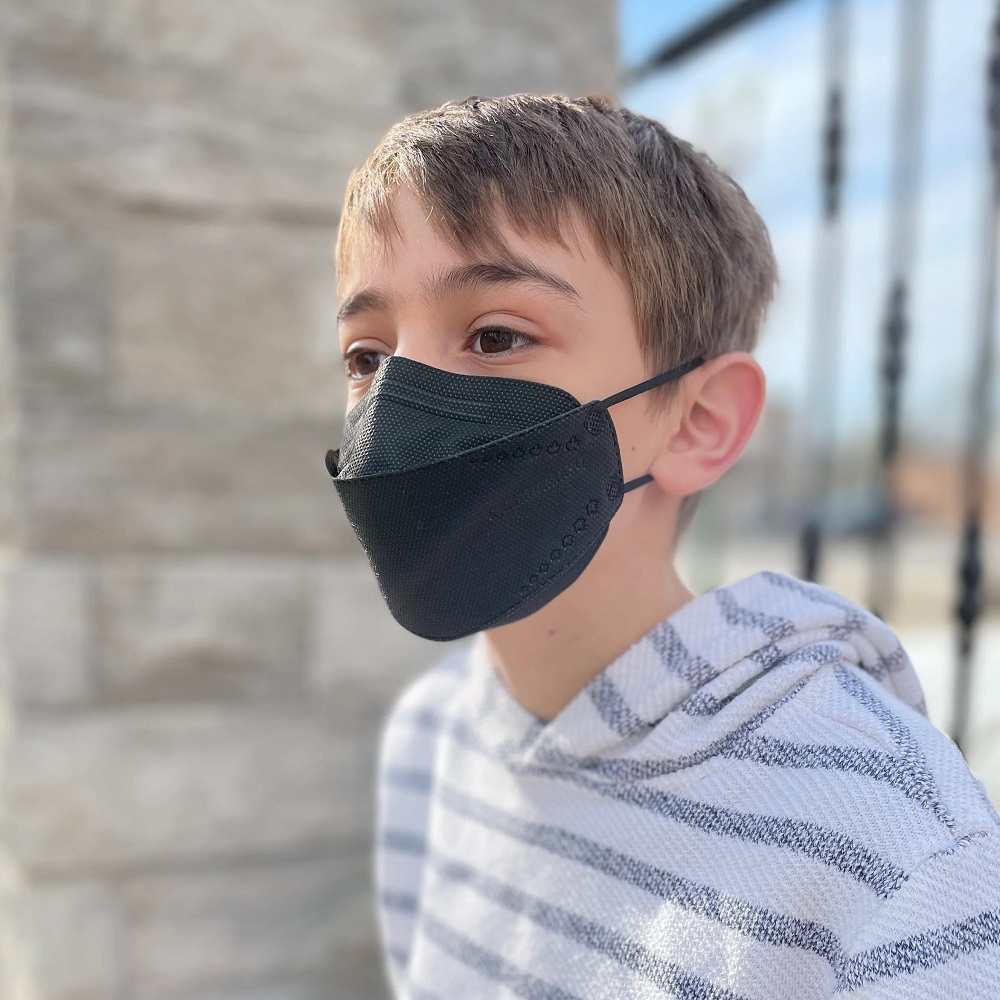
When Should Children Wear Masks
Deciding when children should wear masks involves evaluating the particular situations they may encounter. Generally, masks become important for children in the following scenarios:
In Public Indoor Spaces
When in enclosed public spaces, such as schools or shopping malls, masks serve as a layer of protection against germs circulating in the air. This is especially true if physical distancing is not possible.
Crowded Outdoor Events
If it’s an outdoor event but with a high number of attendees, such as sports games or concerts, children should wear masks to minimize the risk of airborne transmission.
While Visiting Healthcare Facilities
Healthcare facilities often house individuals with compromised immune systems. Children visiting these places should wear masks to protect themselves and others.
When Experiencing Symptoms or Exposed to Sick Individuals
If a child is showing symptoms of a respiratory illness or has been in contact with someone who is sick, wearing a mask can reduce the spread of illness.
During High Transmission Periods
In times of high virus transmission in the community, like a pandemic or flu season, mask-wearing is advisable to safeguard one’s own health and that of others.
Ensuring that children use masks in these scenarios is vital. However, it’s equally important to educate them on proper mask use and hygiene practices to maximize protection.
Alternatives to N95 Masks for Children
Given the challenges associated with N95 masks for kids, exploring alternatives is important. Here, we discuss other options that can protect children without the added difficulty of managing an N95 mask.
Surgical Masks
A popular alternative is the surgical mask. These masks are less restrictive and more adaptable to small faces. They protect against large droplets, providing a basic level of defense. Ensure that the surgical mask fits snugly and covers the child’s nose, mouth, and chin.
Cloth Masks
Cloth masks are the most comfortable and child-friendly option. They come in various fun designs, encouraging kids to keep them on. While they offer less protection than N95 or surgical masks, cloth masks can still be a barrier to droplets. Choose ones with multiple layers and a snug fit for better effectiveness.
Face Shields
For children who have difficulty with masks, face shields are an alternative. They cover the entire face and can reduce the likelihood of touching the face. However, they are less effective than masks in containing respiratory droplets.
Mask Fitters or Braces
Mask fitters or braces can improve the fit of masks on a child’s face. They are worn over a mask to help eliminate gaps and create a better seal. This can increase the protection level of surgical or cloth masks.
Ensure any alternative you choose is comfortable for your child. It should allow for easy breathing and fit properly to offer protection. Always supervise your child to confirm they are wearing their mask correctly and handling it with clean hands.
Tips for Teaching Children Mask-Wearing Etiquette
Adopting mask-wearing habits can be tough for children. It’s essential to impart mask-wearing etiquette to them, ensuring they know how to handle and wear a mask correctly.
Start With a Simple Explanation
Begin by explaining why wearing a mask is important. Use plain language. Tell them it helps keep them and others safe from germs.
Choose Comfortable Masks
Select masks that are soft and fit well. Make sure they won’t hurt the child’s ears or face.
Practice at Home
Have your child practice putting on and taking off the mask at home. This builds confidence.
Use Positive Reinforcement
Praise your child when they wear their mask correctly. Positive feedback encourages good habits.
Make It Fun
Pick masks with their favorite colors or characters. This can make children more excited to wear them.
Lead by Example
Wear your mask properly around children. Kids learn by watching adults.
Explain How to Touch the Mask
Teach kids to handle the mask by the ear loops or ties. Avoid touching the front.
Show Them How to Store Their Mask
Give your child a clean bag or container for their mask. This keeps the mask clean when not in use.
Explain that masks are personal items. They should not be shared with friends.
Demonstrate Proper Hygiene
Encourage washing hands before and after touching the mask. Hand hygiene is crucial.
Address Their Concerns
Ask children how they feel about wearing masks. Listen and alleviate any worries.
With patience and practice, children can learn mask-wearing etiquette that will serve them well in public settings.
Key Factors to Consider Before Masking Your Child
Before deciding to mask your child with an N95 mask, consider these key factors:
Age and Size
Ensure the mask is appropriate for your child’s age and face size. N95 masks for kids may be too large for very young children.
Health Conditions
Children with respiratory issues might find N95 masks difficult to breathe in. Consult your child’s doctor first.
Activity Levels
Consider if your child will tolerate the mask during active play or school activities. Comfort and breathability are important.
Mask’s Fit
A mask should fit snugly but not be so tight it causes discomfort. Check for gaps and a secure seal.
Duration of Wear
Think about how long your child will need to wear the mask. Longer periods may require more comfort.
Supervision
Younger children need an adult to ensure they wear and handle masks safely. Do not leave them unsupervised.
Respiratory Etiquette
Teach your child not to touch the mask’s front and to practice good hygiene alongside mask wearing.
Understanding and Cooperation
Your child should understand why masks are needed and be willing to keep them on without fuss.
Alternatives
Assess if other forms of masks, like surgical or cloth ones, might be a safer, more comfortable option for your child.
Local Guidelines and Transmission Levels
Follow local health authorities’ advice regarding mask use and consider how widespread virus transmission is in your area.
Additional Protective Measures Beyond Masks for Children
In addition to masking, other steps can help protect your child from viruses:
- Encourage frequent handwashing with soap and water.
- Teach them to sneeze or cough into their elbow or a tissue.
- Avoid crowded places, especially with infants and small children.
- Maintain a healthy diet and sleep schedule for improved immunity.
- Consult a doctor promptly if your child shows signs of illness.
By considering these factors, you can make the best decision regarding N95 masks for your child and their overall health and safety.
Additional Protective Measures Beyond Masks for Children
While N95 masks can offer protection, it’s not the only way to keep children safe. Here are additional steps to prevent viruses in kids:
- Promote Regular Handwashing: Encourage handwashing with soap and water for at least 20 seconds. This practice removes germs effectively.
- Teach Proper Sneezing and Coughing: Show your child how to cough or sneeze into a tissue or their elbow. This stops germs from spreading through the air.
- Avoid Crowds: Keep infants and young children away from crowded places, as viruses spread more easily in such environments.
- Maintain a Healthy Lifestyle: Ensure your child eats nutritious foods and gets plenty of sleep. This strengthens their immune system.
- Educate on Hygiene: Talk about the importance of not touching their face. Explain how germs from hands can enter the body.
- Use Hand Sanitizer: When soap and water are not available, use an alcohol-based hand sanitizer. Teach kids how to use it properly.
- Regularly Clean Surfaces: Wipe down toys and frequently touched objects with a safe cleaner. This removes any lingering germs.
- Seek Medical Advice: If your child feels sick, see a doctor right away. Early care can prevent more serious issues.
By combining these measures with the use of masks, parents can better protect their children from viral infections. Remember, each layer of protection plays a role in keeping your child healthy.
